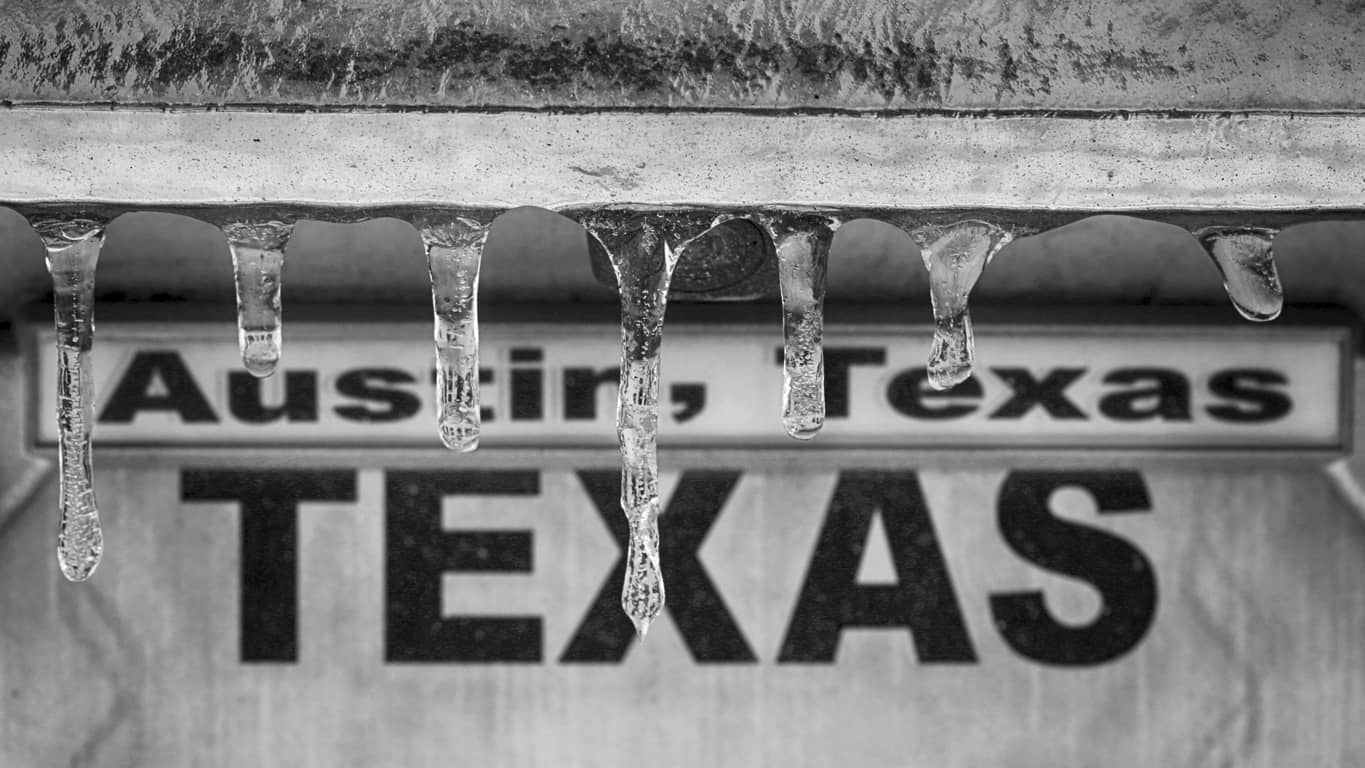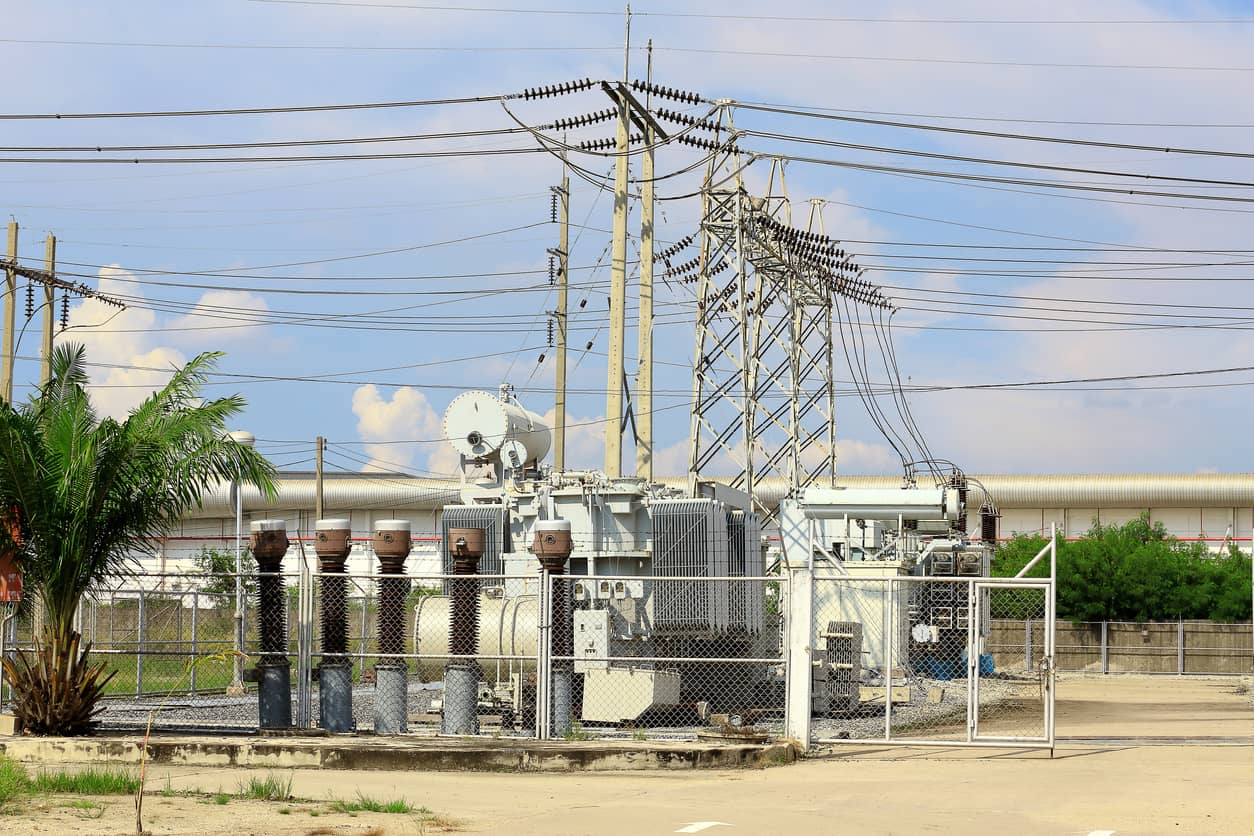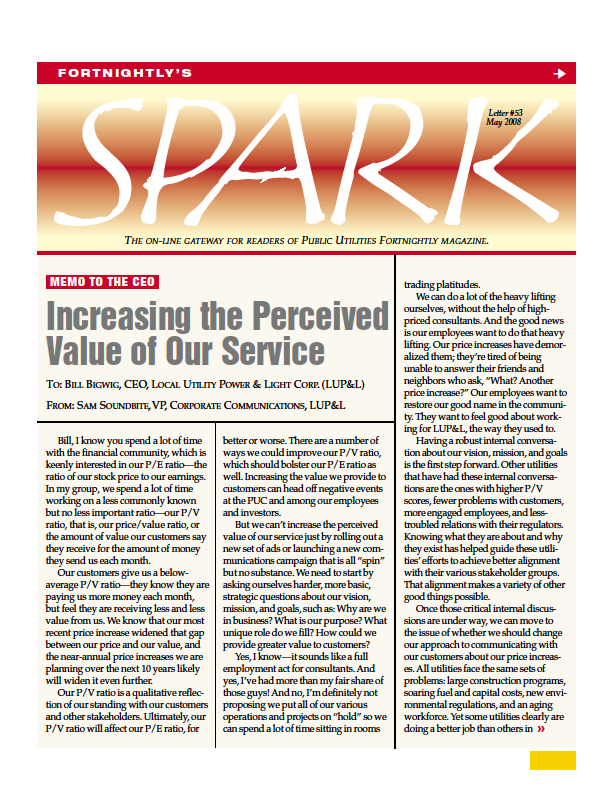
Among policymakers, there’s a lot more talk about energy infrastructure these days, following the catastrophic Texas power blackouts and the Biden administration’s $2.25-trillion infrastructure plan.
That means rate cases and rate case communications.
U.S. electric utilities invested about $40 billion to build new transmission projects in 2019, a sharp increase over earlier years, according to the U.S. Energy Information Administration (EIA). Additional tens of billions of dollars have been spent or committed in recent years to build new electric generation, close older coal-fired power plants, and rebuild, expand and harden electric distribution networks. Now comes the hard part: recovering those dollars, and a profit on top of it if the utility is owned by investors.
Rate Case Communications Often Have a Defensive Tone
Utility officials typically are wary about filing rate cases, and that wariness can show itself in a defensive tone when communicating about a filing to increase prices.

A full-on rate case can create all sorts of opportunities for intervenors to bore into the financial details of providing safe, reliable and affordable electric, gas or water service. Colleagues in the utility industry liken that process to a root canal without anesthetic, or other more colorful images.

We’ve blogged before on the need for utilities to more effectively (and less defensively) communicate about infrastructure investments. And we’re blogged on specific messages that work (and those that don’t). Like here. And here. And here.
I am aware of a few utility communicators that welcome a rate case because it gives them a chance to talk about the service and safety improvements their utility has made in order to serve customers better. But I think this is a minority opinion.
Could that be changing? Would Texans, plunged into the dark and cold, be willing to pay $1 extra per month to ensure their utility has properly weatherized its power plants and transmission & distribution systems? Then query Lone Star State residents for their views about paying another nickel per gallon at the gas pump to cover the cost of properly weatherizing oil & gas drilling rigs and pipelines.
Viewed in that context, at least when the crisis still is fresh, I think it’s a slam dunk. If you ask people, without any context, if they are willing to pay a higher price for something, their knee-jerk reaction of a lot of people might be “no.” But with the background of the Texas blackouts, California wildfires, Flint, Michigan, water catastrophe, various pipeline explosions, etc., I think you’ll get a lot more “yes” answers.

EEC Webcast on Rate Case Communications: What Works, and What Doesn’t
In the wake of the Texas black out, and last year’s wildfires in the Northwest, and hurricanes and tornadoes in the Southeast, utilities will find themselves communicating more frequently with customers about investments in the poles, pipes and wires that bring life-sustaining electricity, natural gas and water to homes and businesses.
The news media is a critical link in rate case communications. On May 13, EEC will hold a no-cost webcast with a utility communications veteran and a print news reporter talking about effective rate case communications.
We’re delighted to present utility communicators with practitioner perspectives on the vital topic of rate case communications. We hope you will join us!
Photo credits: iStock

Is Our Value Rising as Fast as Our Prices?
Electric and gas utilities are increasing their prices, and that trend looks like it will continue for the foreseeable future. This article , published in Public Utilities Fortnightly, takes the form of a memo from a utility’s chief communications officer, Sam Soundbite, to his CEO, Bill Bigwig.

